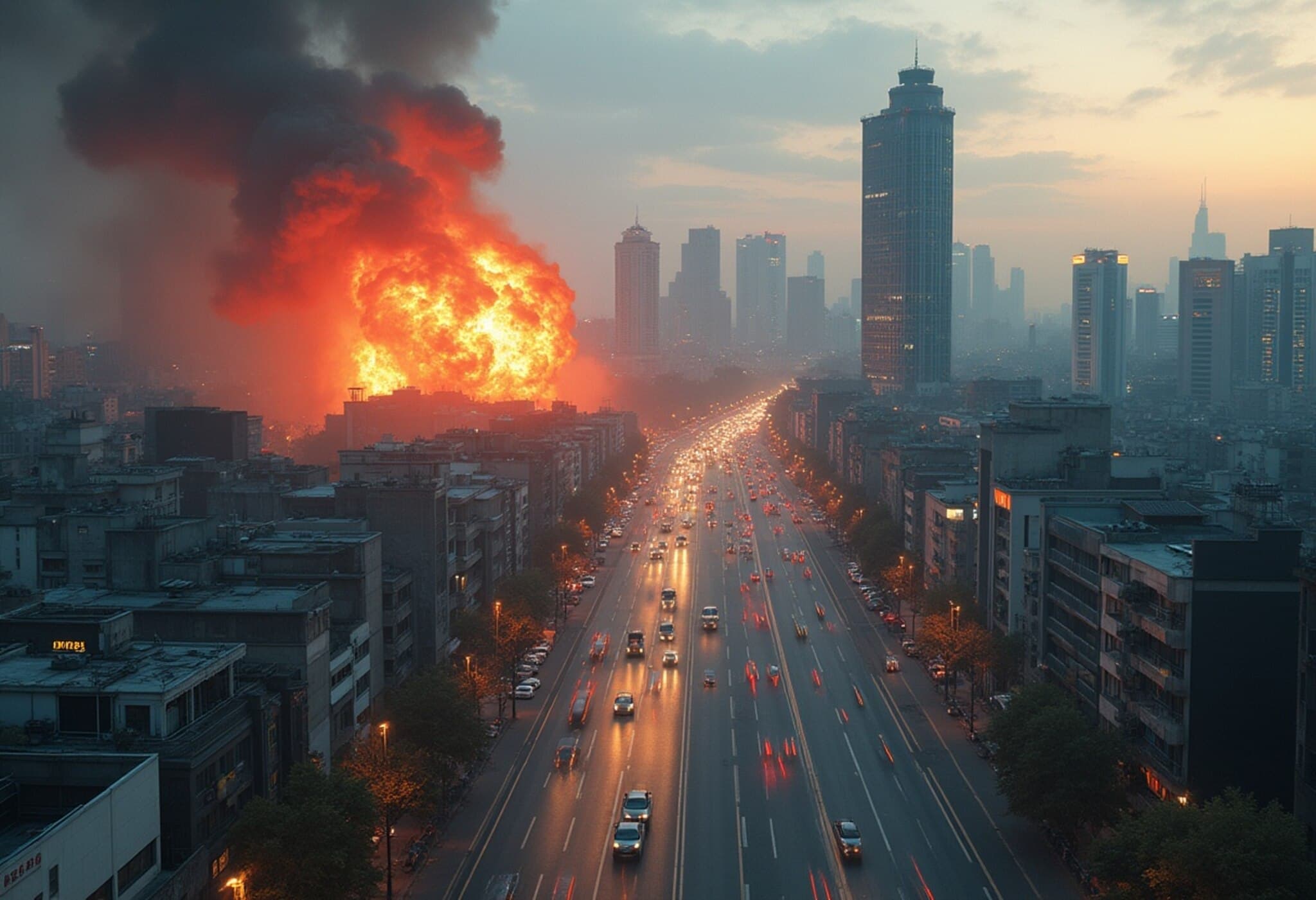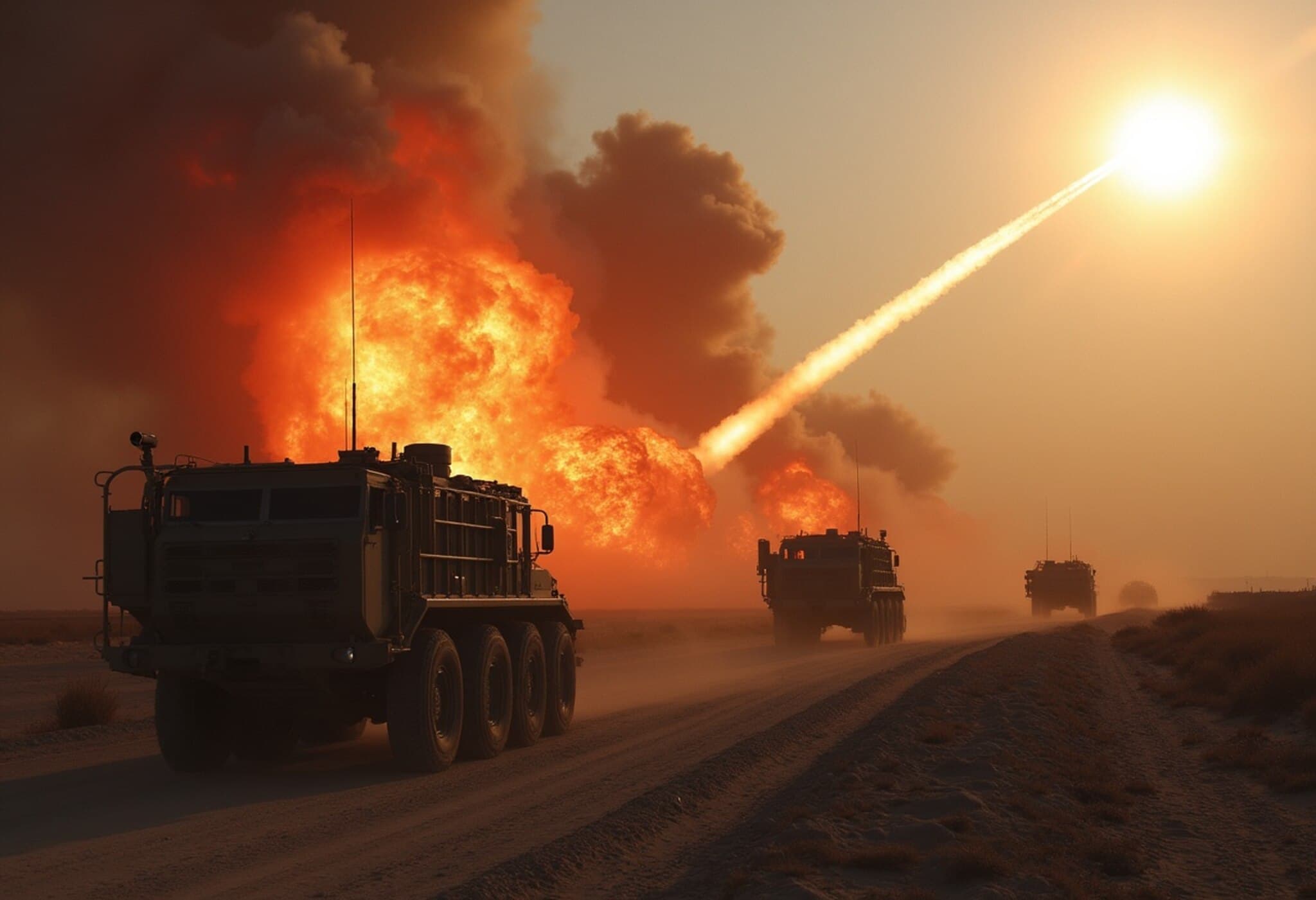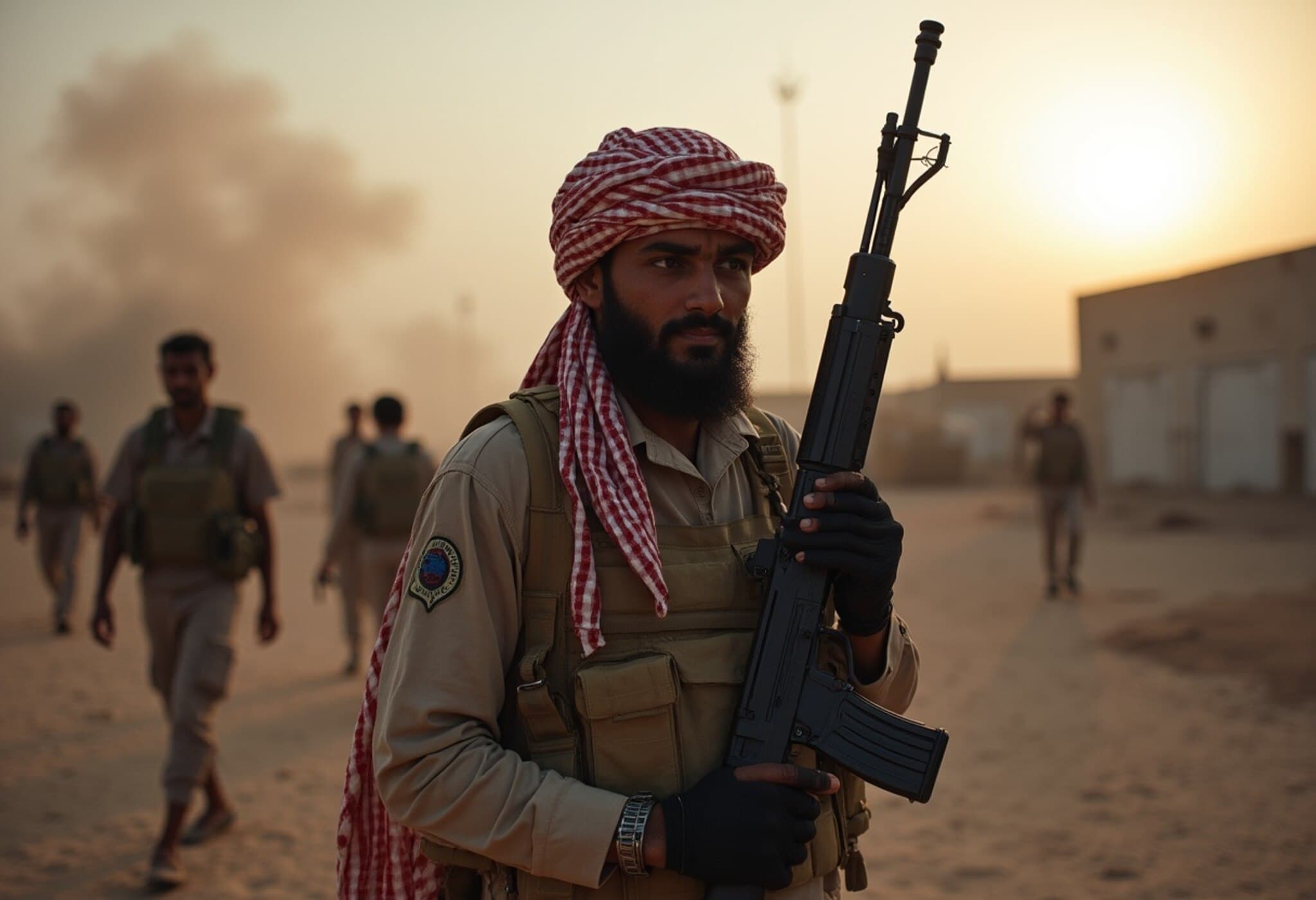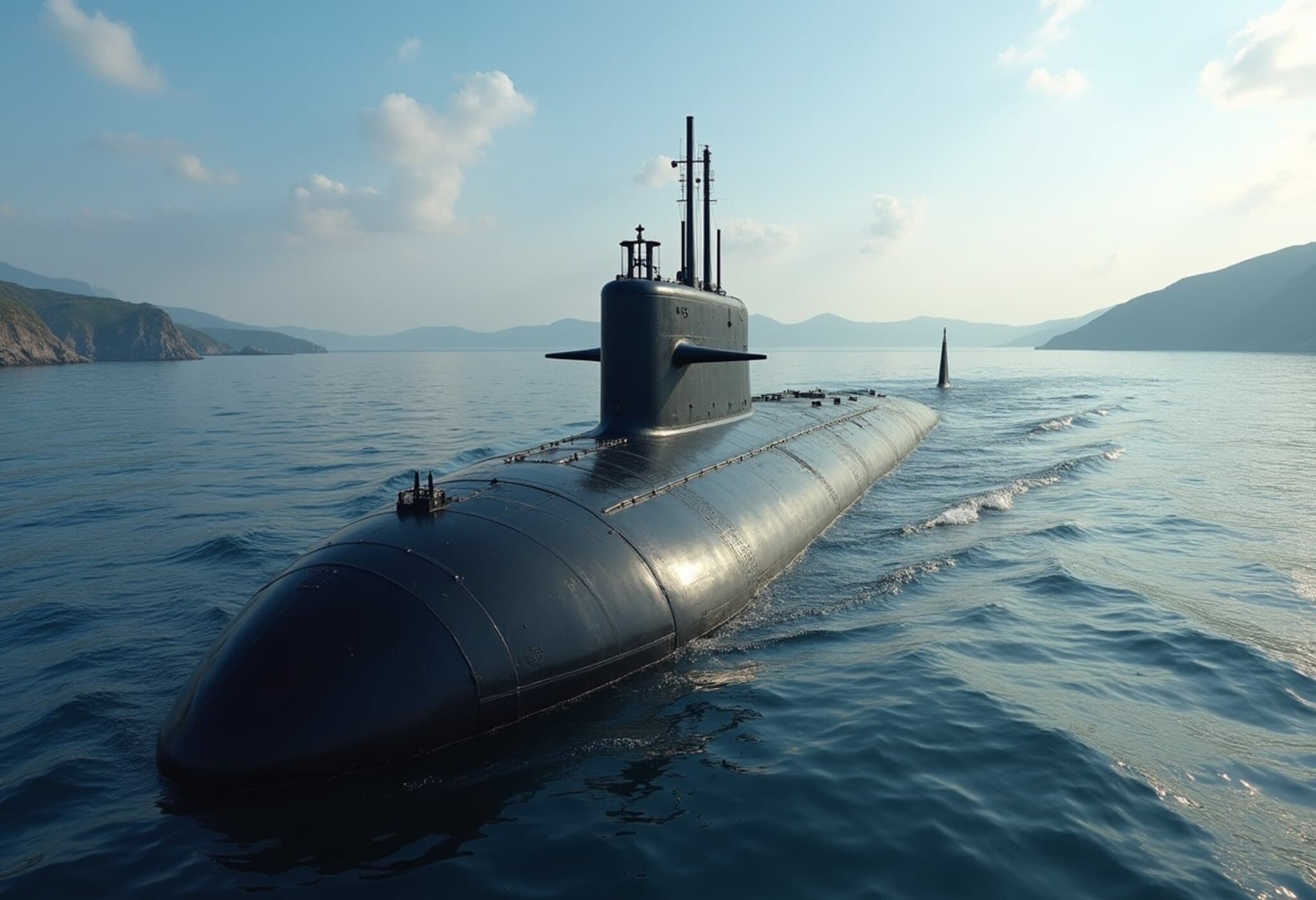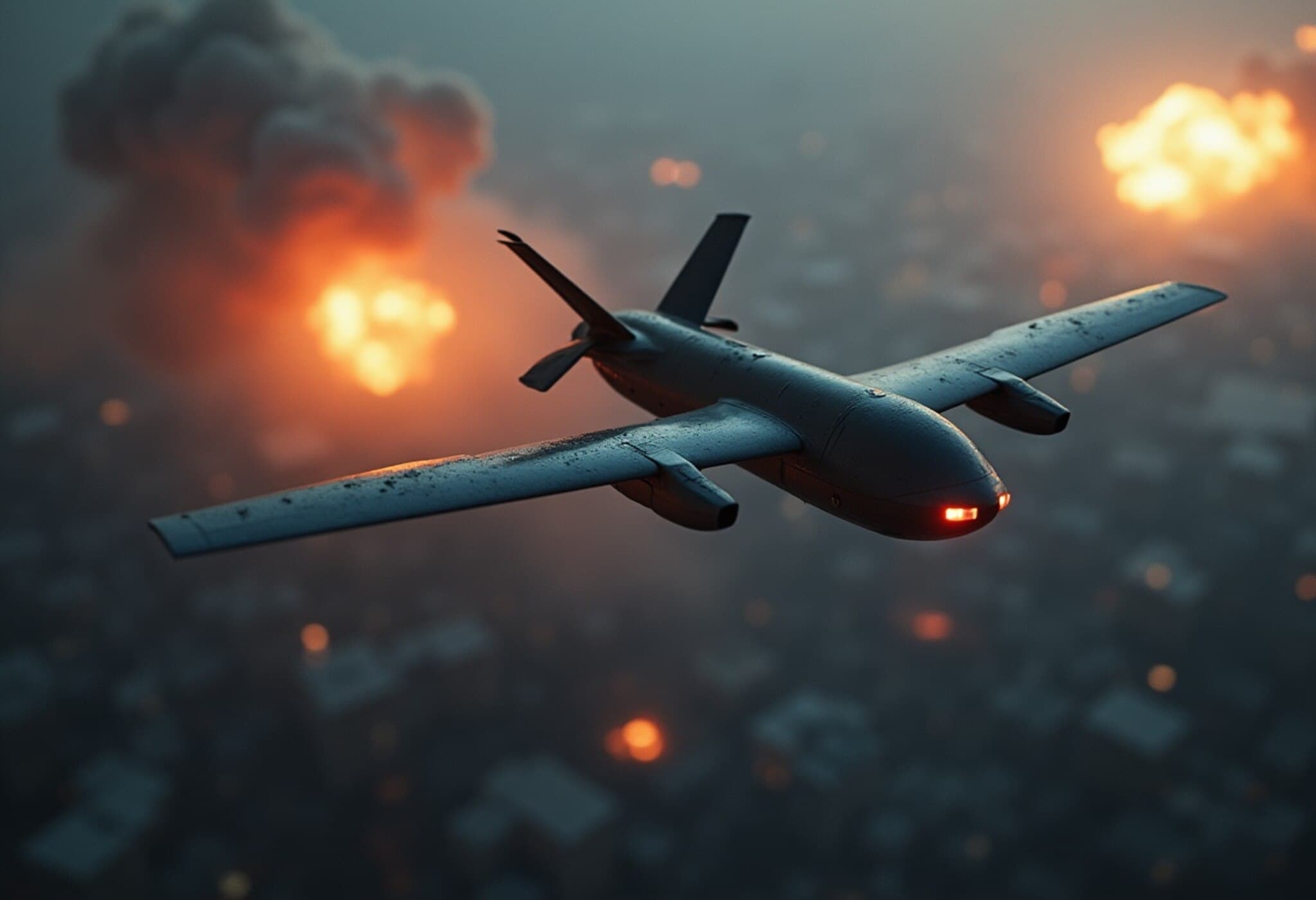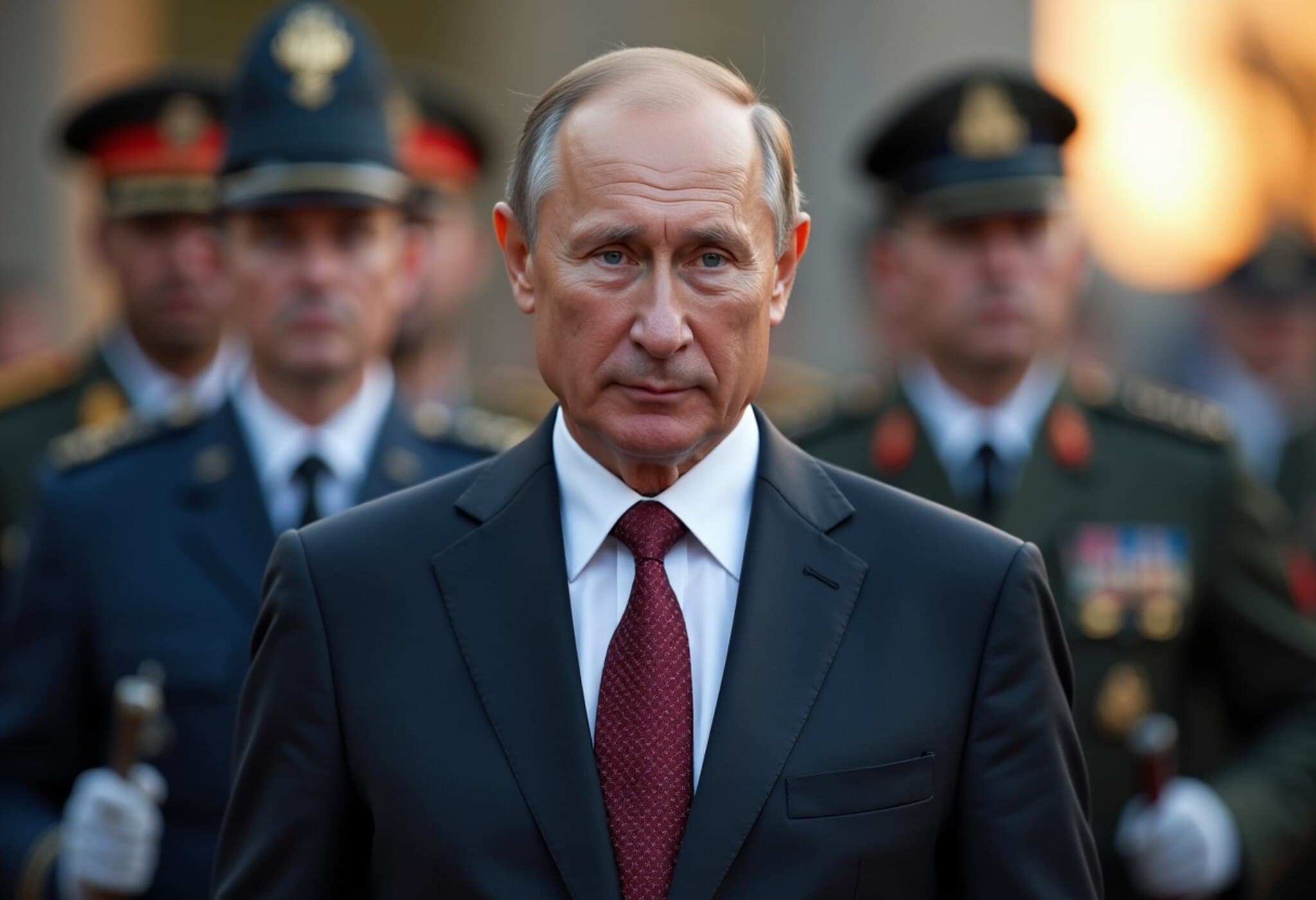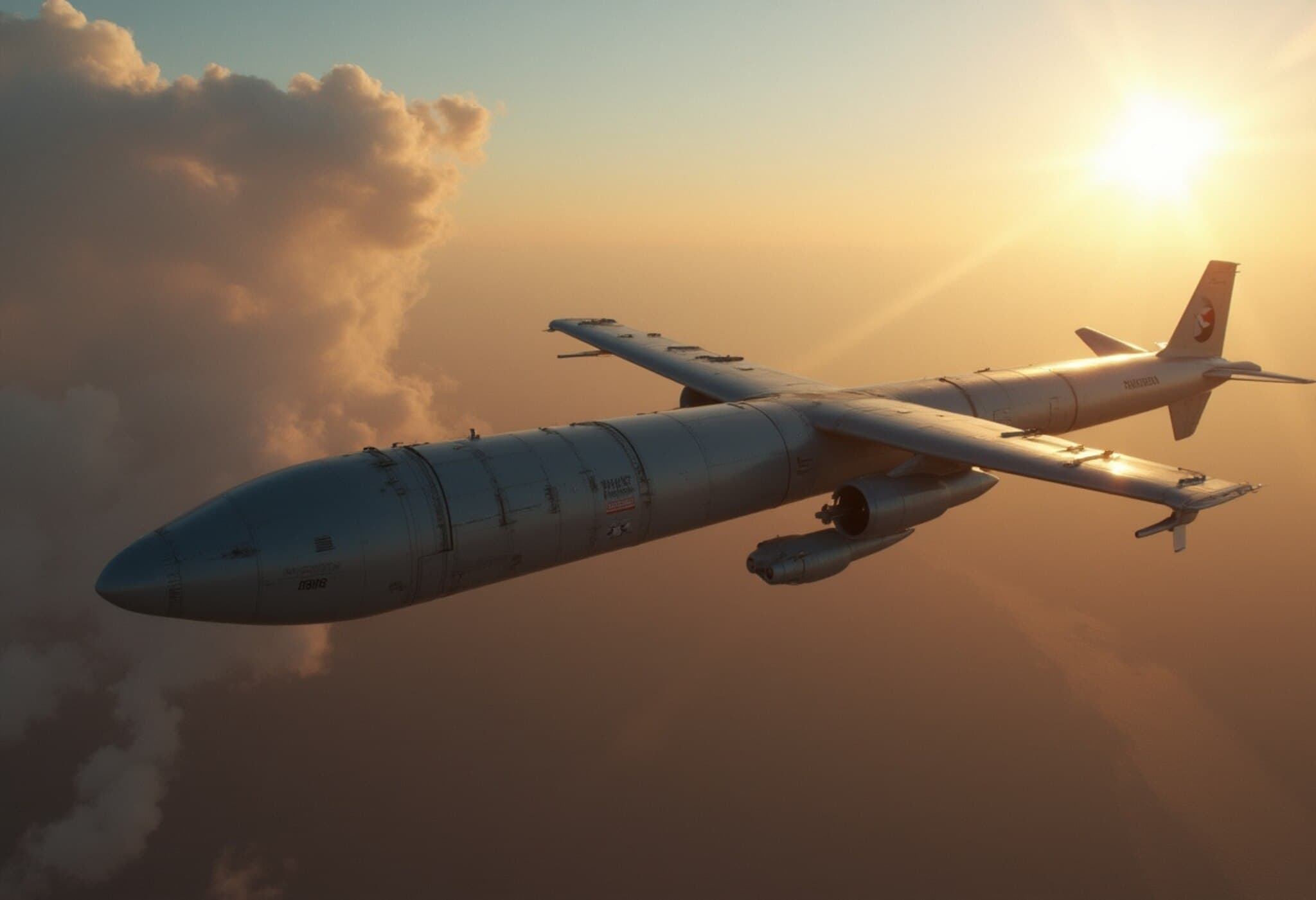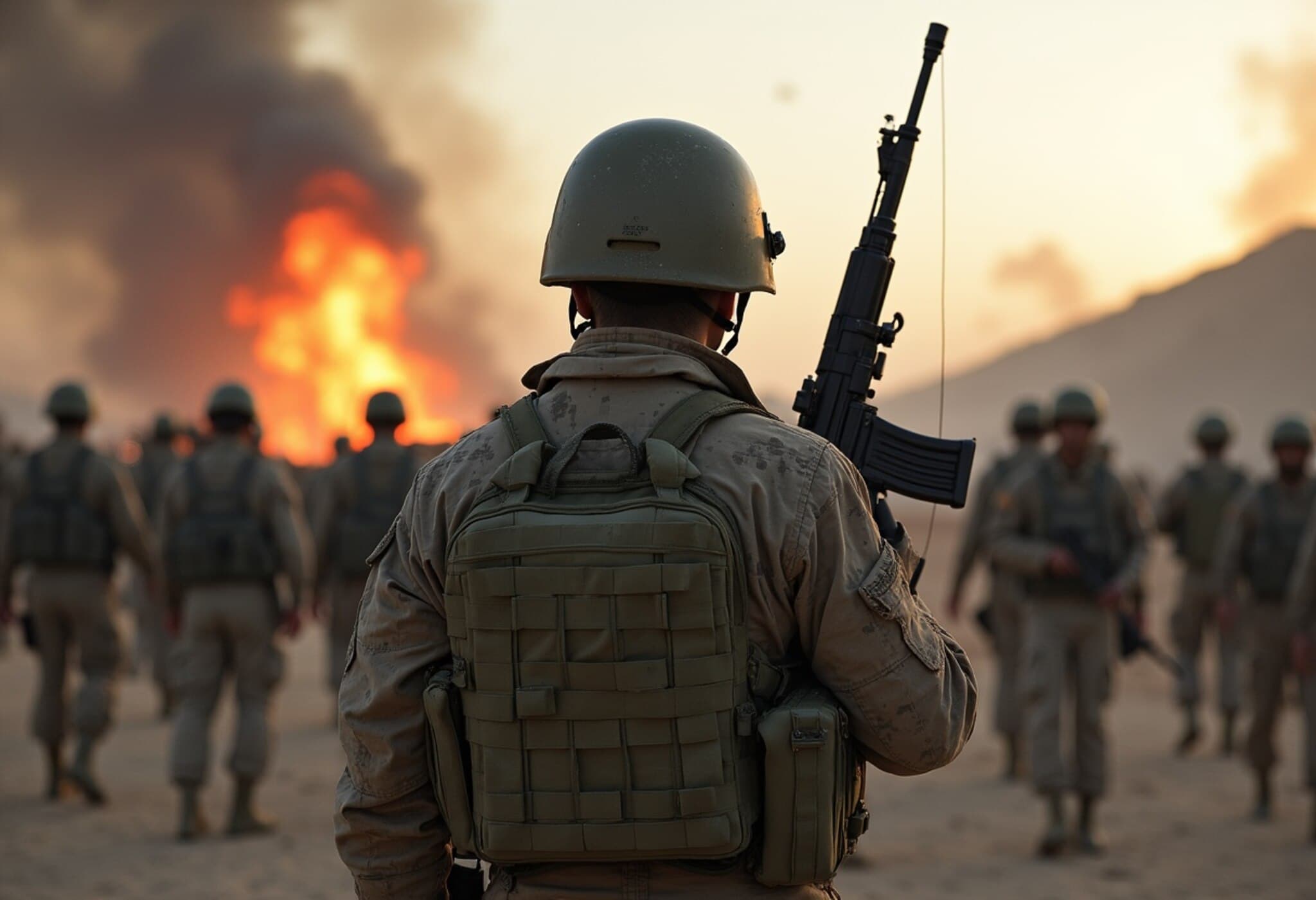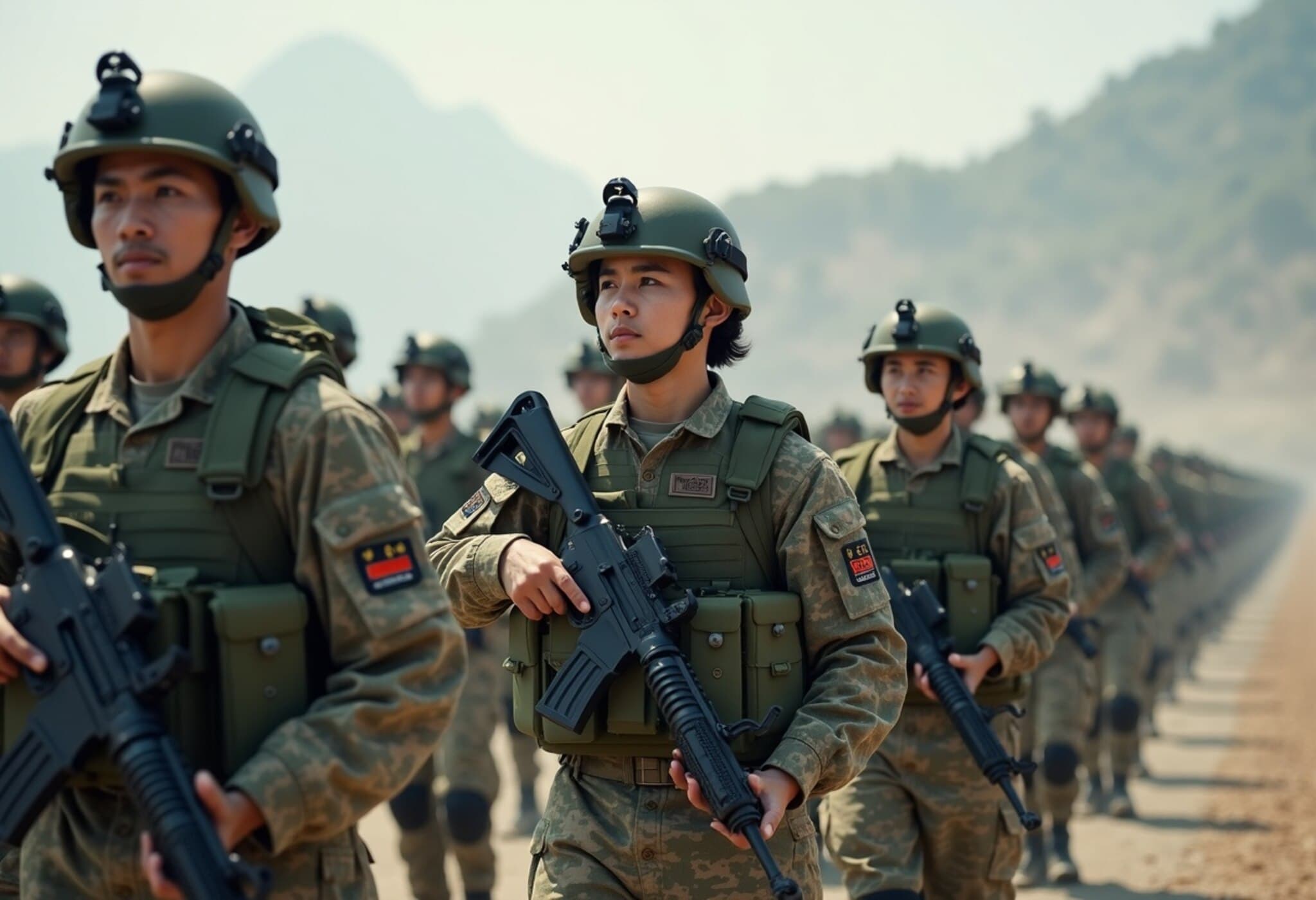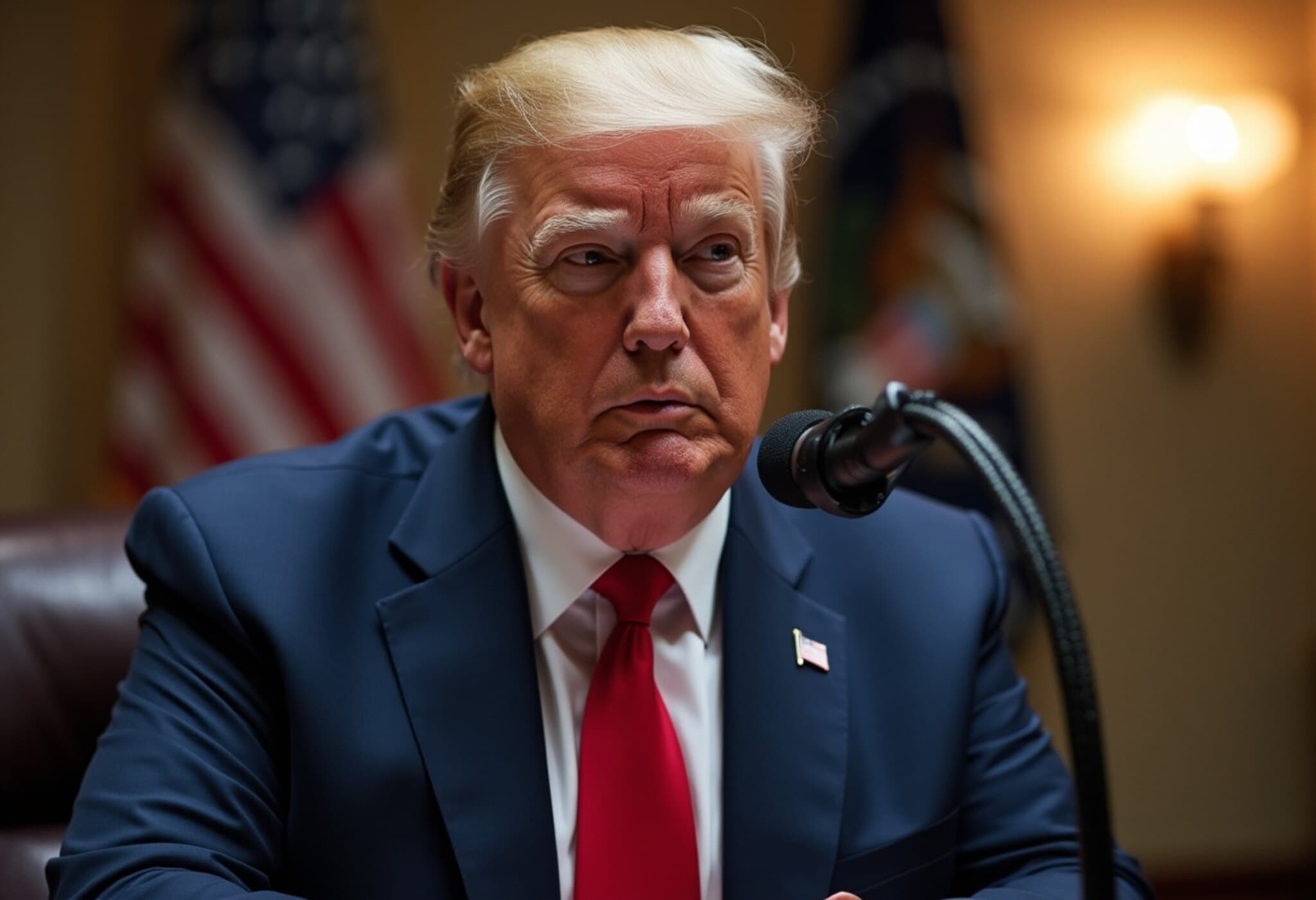Taipei Halts as Major Civil Defence Drill Simulates Chinese Invasion
On Thursday, Taiwan’s bustling capital, Taipei, came to an unprecedented halt as the city conducted one of its largest-ever civil defence exercises, designed to simulate a potential invasion by China. This high-stakes drill, a key component of the annual Han Kuang military exercises, involved blaring air raid sirens, citywide evacuation procedures, and emergency response simulations, underscoring the island’s mounting concerns over Beijing’s increasing military pressure.
Air Raid Sirens and Urban Shutdown
Throughout the day, air raid sirens echoed across Taipei and several other cities, signaling citizens to seek immediate shelter. In designated areas, residents retreated indoors while all vehicular traffic came to a standstill. In a striking display of urban resilience, businesses were required to pause operations, and drivers pulled over as emergency protocols unfolded, vividly illustrating the gravity of the threat Taiwan perceives.
Simulating a Mass-Casualty Event
Emergency workers and volunteers executed detailed evacuation drills at markets, temples, schools, subway stations, and critical highways. They staged a complex mass casualty incident, practicing triage, emergency medical response, and setting up supply distribution centers to ensure rapid aid delivery in case of real conflict. This coordinated effort highlights Taiwan’s commitment to bolstering its civil defence infrastructure amidst growing geopolitical tensions.
Han Kuang Drills: More Than Military Might
The Han Kuang exercises, Taiwan’s largest military drills, have increasingly emphasized civil defence and public preparedness. This year, the civil defence element expanded into the Urban Resilience exercise, spanning from Tuesday through Friday. Daily, air raid sirens wail for at least 30 minutes in various urban centers, underscoring the all-hands-on-deck approach Taiwan is adopting to deter and prepare for a possible escalation.
Geopolitical Context: Rising Tensions with Beijing
China views Taiwan as a part of its territory and has openly refused to rule out the use of force to achieve reunification. Since President William Lai, whom China brands a “separatist,” took office last year, diplomatic and military tensions have intensified. The continual drills signify Taipei’s efforts to send a message of resilience and readiness not just domestically but also internationally, particularly to support from allies like the United States.
Public Perception and Preparedness
Despite the official preparedness stance, many Taiwanese citizens remain skeptical about the immediacy of an invasion. A government-backed survey conducted last October by the Institute for National Defence and Security Research revealed that over 60% of the population does not anticipate a Chinese invasion within the next five years. This gap between governmental urgency and public skepticism presents a delicate challenge in maintaining national morale and effective civil defence communication.
Expert Insight: Balancing Preparedness and Public Confidence
From a strategic perspective, Taiwan’s comprehensive approach to urban resilience drills is vital in an era of hybrid warfare and rapid crisis escalation. Experts emphasize that such preparedness not only enhances practical emergency response capabilities but also serves as a deterrent signal to adversaries. Nonetheless, balancing the psychological impact on the population is crucial; maintaining public confidence without inciting undue fear requires transparent communication and consistent engagement.
Looking Ahead: What This Means for Taiwan and Its Allies
As Taiwan continues to navigate an increasingly complex geopolitical landscape, these civil defence maneuvers underscore the island’s determination to defend its sovereignty. For the United States and other democratic allies, supporting Taiwan’s capacity-building efforts—both militarily and civically—remains a strategic imperative to uphold regional stability in the Indo-Pacific.
Editor’s Note
The recent civil defence drills in Taipei offer a compelling glimpse into the realities faced by Taiwan amid escalating tensions with China. Beyond the sirens and drills lies a profound narrative about resilience, sovereignty, and the human dimension of security. As the international community watches closely, the key question remains: how can Taiwan balance robust preparedness with preserving public trust and normalcy in daily life? This evolving story reminds us that security is as much about people’s confidence as it is about military capability.

